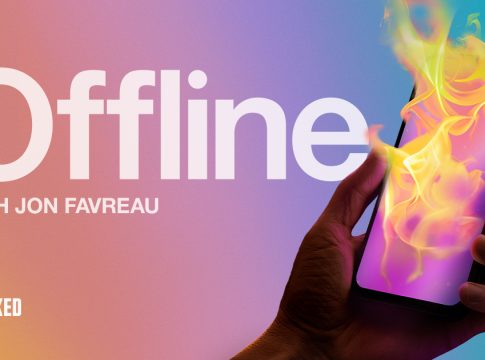Rethinking Childhood in the Digital Age: Are We Doing Too Much?
In an age where technology permeates every aspect of our lives, questions about the impact of excessive surveillance and gadgetry on our children’s lives are becoming increasingly pertinent. Amanda Hess, a seasoned culture critic from The New York Times, dives into this complex topic in her new book, Second Life. This engaging work revolves around her personal journey managing her newborn’s rare genetic disorder amid an online landscape rife with advice, support, and endless digital monitoring options.
The Optimization of Childhood: A Double-Edged Sword
As parents today, our obsession with "optimizing" childhood experiences has reached new heights. With an array of gadgets designed to track everything from sleep patterns to daily activities, it’s easy to forget the essence of nurturing a child. From baby monitors that stream video directly to your phone to sleep trackers that provide detailed analytics, parents are inundated with options that promise to enhance parenting.
However, Hess argues that this relentless drive to optimize can result in a hollow experience, one that overlooks the intangible aspects of childhood development. The reliance on technology can create an illusion of control, but it may fail to foster genuine connection and engagement.
The Role of Community in Modern Parenting
Hess’s insights remind us of the age-old adage: it takes a village to raise a child. Yet in the digital age, that village has morphed into virtual forums, Facebook groups, and a plethora of momfluencers offering advice. While these platforms can provide invaluable support, they often come with their own set of challenges and pressures.
Parents may find themselves lost in a sea of perfect lives captured on social media, leading to unrealistic expectations for both themselves and their children.
The Fine Line Between Safety and Surveillance
One of the most contentious topics in modern parenting is the balance between child safety and privacy. Monitoring devices that track location, health, and even emotional well-being can provide peace of mind but can also cross into invasive territory. Parents need to ask themselves: At what point does monitoring become surveillance?
Hess urges a reflection on whether the gadgets we use truly serve their intended purpose or if they instead contribute to anxiety and further disconnect.
Conclusion: Finding Balance in the Digital Playground
As we navigate the complexities of modern parenting, it’s vital to remain conscious of how technology shapes our experiences and our children’s. The insights shared by Amanda Hess in Second Life challenge us to reconsider the role of technology in our parenting journeys.
Ultimately, it’s about striking that delicate balance—leveraging technology as a tool rather than a crutch, nurturing meaningful connections, and ensuring that childhood remains a joyful, unrushed process. Before reaching for the next gadget, let’s take a moment to remember what truly matters: authenticity, connection, and the rich tapestry of real-life experiences that shape our children’s lives.

Writes about personal finance, side hustles, gadgets, and tech innovation.
Bio: Priya specializes in making complex financial and tech topics easy to digest, with experience in fintech and consumer reviews.

